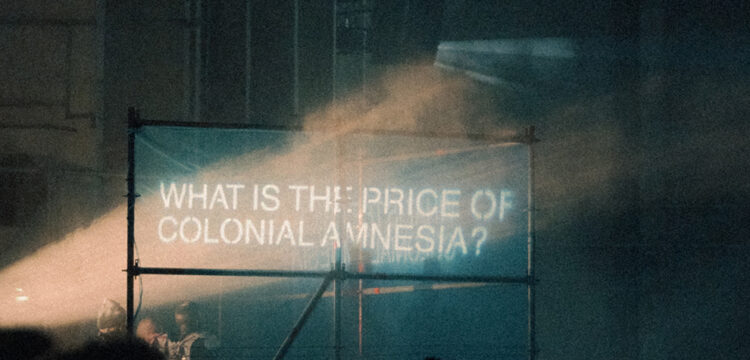Collecting Distractions
On Aliases and Scattered Sonic Identities: a conversation with alys(alys)alys
Brazil-born and Berlin-based, alys(alys)alys operates at the intersection of experimental, club, and SoundCloud-inspired music. Her work reflects a deep engagement with genre fluidity and an eclectic approach to both production and DJing, with performances at Berlin Atonal, CTM Festival, Venice Biennale, Herrensauna, and Brazil’s celebrated Mamba Negra parties. This year, alys(alys)alys joined the SHAPE+ roster—a platform supported by Creative Europe and Pro Helvetia that champions innovative electronic artists across Europe. On June 29, she delivered an exciting b2b DJ set with Piezo at Terraforma Exo in Milan, just as she launched her new project short attention span.
short attention span is a platform through which she consolidates her diverse musical output and collaborations, taking full creative control of the digital narratives that surround her work. The launch features three new alter egos—TAKE5, FRAGILYS, and glued&screwed—each with their own EP, alongside the established TBFW series. These aliases showcase the breadth of her sonic explorations, unified by an underlying conceptual thread that defines her artistic practice.
Clara Rodorigo: short attention span began as a platform to gather and organise your diverse releases. What drives you to create this kind of structure around your music? Is it about guiding listeners through different facets of your work, creating a clearer narrative, or something more personal in how you relate to your own output?
alys(alys)alys: The drive to create such a structure is to take charge of the digital narratives of my music and have creative decisions over all aspects of it: the artwork, tracklist names, and descriptions. As well as framing, cataloguing, and creatively archiving different methods of music production or interests that I’ve been exploring since 2018, when I moved from Brazil to Berlin.
The decision came after distancing myself for some years and relistening to the projects I had saved on my external drive, seeing the similarities or differences between them and what connects them. I reached out to Rafael Costa Messias, who is an art director, photographer, and close friend. We created a visual world for short attention span and for each individual project, giving each its own story and concept.
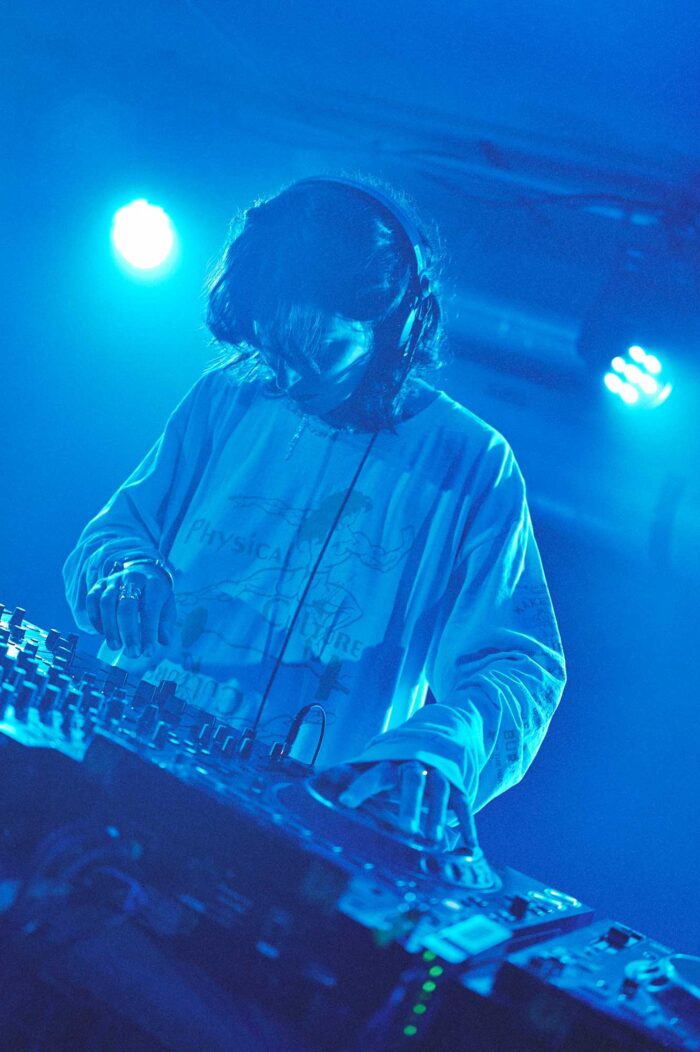
The project’s title seems to reflect the fragmented and fast-paced nature of today’s culture. How does this idea influence your decision to organize and label your music so deliberately? Do you see the platform as a way to respond to the scattered way we often listen today, or more as an effort to bring intentionality and coherence to your work?
It’s a response to the scattered way that I consume and create in general. I’ve been chronically online since I was 12—downloading music on eMule and Limewire, jailbreaking my first iPod touch, diving into YouTube rabbit holes, Tumblr pages, exploring conspiracy theories, and finding out about the deep web and different browsers.
Although the internet has changed a lot since then, the same curiosity and excitement have always remained, and I feel it translates into everything I do. By filling time consuming multiple types of media, I’ve accumulated so much music and so many cultural interests that are hard to keep track of. But retroactively listening to all the music I produced over the years, I can understand the influence of certain genres, moods, or experiences I had.
Sometimes I get hyper-fixated on one genre or production method for a week, but then something else grabs my attention and I shift, though I might come back to it later. This can happen in a day or over months. The platform works as a way of archiving all these interest switches and framing them as cohesive projects organized in separate releases.
The name short attention span was initially used for a radio show I had at Mutant Radio from 2020 until 2023, which I co-curated with Isabassi. The focus was to give space for artists we liked to explore their B-sides in a free format. The show’s description was “an open call for experimentation and no expectations” and we hosted more than 50 guest mixes, including our own.
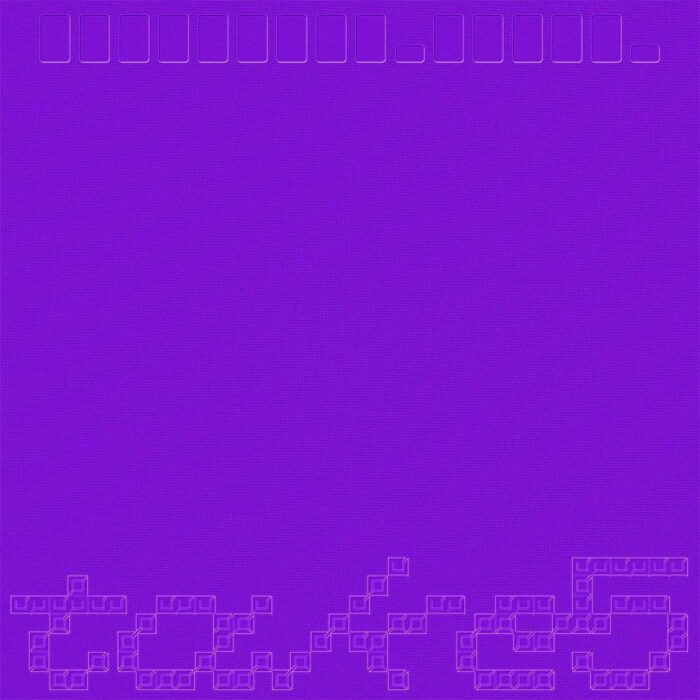
Your aliases each represent distinct sounds and creative approaches—from TAKE5’s live analog recordings to glued&screwed’s sample-based collages, fragilys’ dreamy, emotional atmospheres, and TBFW’s bootleg compilations that blur the lines between club and experimental pop. How do you see the role of aliases in shaping and expanding your artistic identity? Do they offer you more creative freedom and a way to explore different sides of your music without being tied to a single “signature” sound? And how do ideas like anonymity and multiple authorship—especially in projects like TBFW—fit into your thinking about ownership?
I initially started my aliases in 2022 with TBFW, and before short attention span became its own platform, I had already released three volumes of booty&legs, which is a collection of club bootlegs I created for my DJ sets. At the time, I would practice my sets on Traktor with four channels. Whenever I had an idea to create edits of pop or experimental tracks with a club base, I’d record it through there so I could just play the bootleg recording live.
When I decided to release them online, I wanted there to be a subtle storytelling around the name, which stands for That Bitch From Work. Once I got in contact with Rafael Messias, we developed the idea of TBFW as a character with its own visual world, always in an office setting and never revealing its face.
The other three aliases came together after the idea of creating the platform. I started producing music at least three years after I began DJing, and my general output was everything except club music, apart from the bootlegs. Without a proper outlet for what I was producing, plus a lack of confidence and not knowing how to promote it, the music just piled up as sketches and ideas on my computer. Adding COVID to the mix, it became my own archive of lost media on an external drive.
Since last year, when I finally got over myself, I realised that the music I did back then was good for me. I decided to spread it through aliases, each focusing on a production method or mood. From the initial experience with TBFW, I loved the liberty of playing with different ideas, as well as separating my interests into different spaces to explore each one properly.
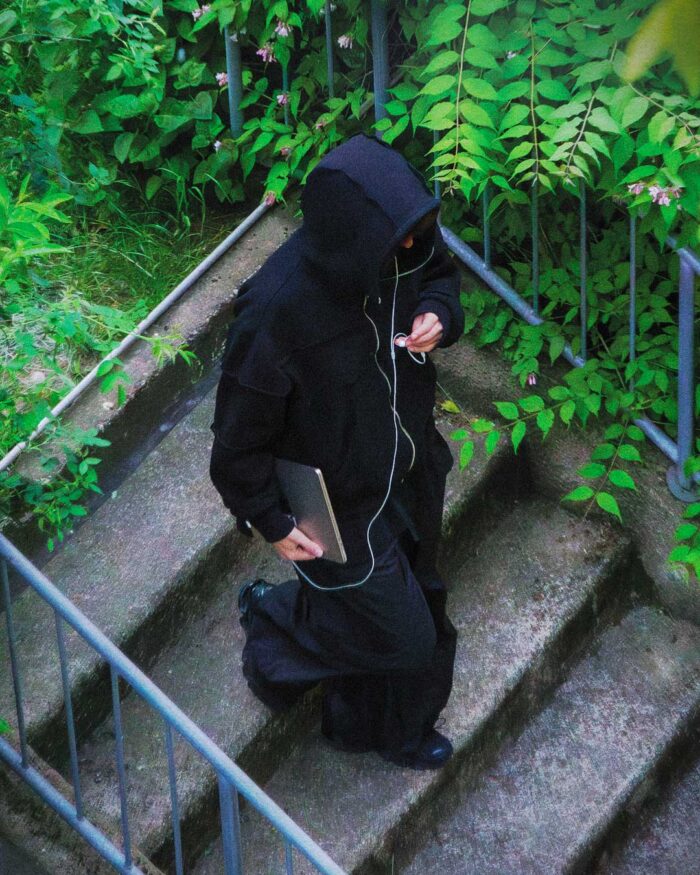
FRAGILYS focuses on my emotional side and more instrumental, ambient music. The main premise is that it could work as a soundtrack for a partial remembrance of my dreams—foggy, nostalgic, and moody.
take5 is an exercise in avoiding post-editing audio and just practising playing live with analog equipment. I studied drums when I was 12 and stopped after two years, but rhythm is always my starting point. In 2019, I bought a Korg Electribe EMX-1 and started recording the takes directly from my Soundcraft mixer, intending to rework them in separate channels in Ableton. But I never re-recorded them, so I just ended up with a folder of live takes that I’m now releasing in batches. I also have other live recordings from a Roland TR-909 that a friend lent me for a weekend, and now
I’m recording with an LXR-02 from Erica Synths. I like the freedom these jam exercises give me—letting go of perfectionism in Ableton and allowing the one take to exist as the song itself.
Ownership is a tricky subject for me. I do believe artists should be properly paid and rewarded for their ideas. But sampling is such a creative tool that there’s always a sweet spot for repurposing or recontextualising music. glued&screwed is my exploration of sound collage and remix culture.
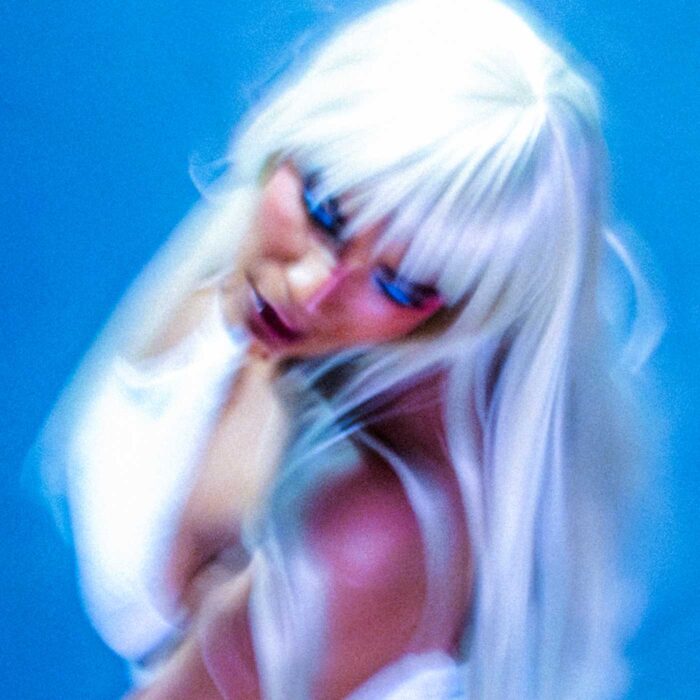
When you DJ, how do you navigate the presence of your different aliases? Do you prefer to keep their identities and sound worlds distinct, or do you enjoy letting them overlap and inform each other in your sets?
I don’t tend to think about the aliases when I perform. When I DJ, it’s when all of these facets come together and I can literally mix it all in one occasion. They have distinct sound worlds, but at the same time, it all comes back to me and my taste. Because of their different identities, I can adapt to multiple situations with my sets. That’s led me to play in really diverse contexts—from daytime events, festivals, sweaty clubs, warmups, opening for live acts, museums, peak-time, and closing sets. There’s too much good music and too many cultural movements to explore to restrict myself when I DJ. And because I allow myself to fluctuate and never be confined to one genre or mood, I’m continuously curious about digging for music. It leads to broader research and keeps this career path interesting and fresh for me.
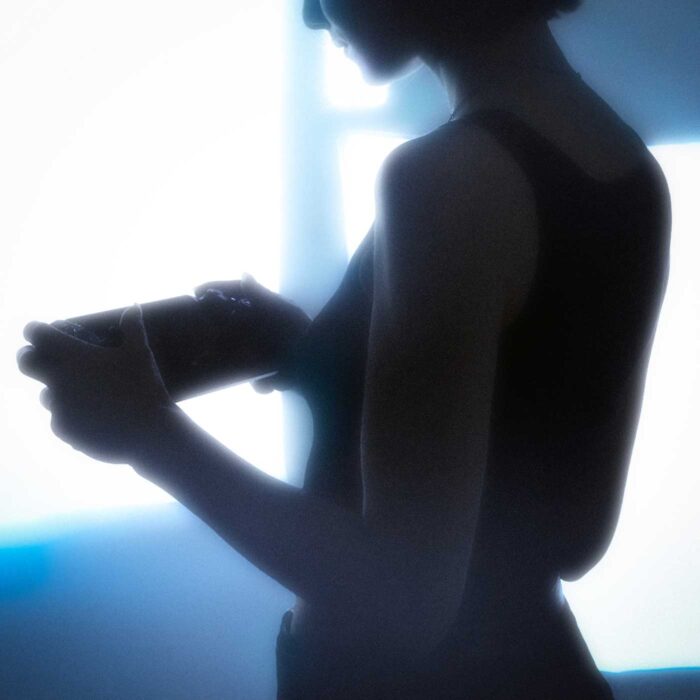
What kinds of artists or sounds do you aim to showcase via short attention span? What vision or perspective do you want the platform to communicate as it grows?
At the moment, I don’t plan to run it as a label or release other artists. I want short attention span to be a platform for me to learn and experiment, as well as a blank page for sharing collaborations. For example, later this year I’m releasing Monstera Black’s second EP Trojan Horse, which I co-produced with her. I feel there are so many extra steps and so much knowledge involved in running a label, and for now, short attention span can simply be seen as a portfolio and musical diary.
alys(alys)alys is part of the SHAPE+ platform for innovative music and interdisciplinary art, co-funded by the European Union and Pro Helvetia. SHAPE+ is co-funded by the European Union. Views and opinions expressed are however those of the author(s) only and do not necessarily reflect those of the European Union or the European Education and Culture Executive Agency (EACEA). Neither the European Union nor EACEA can be held responsible for them.


